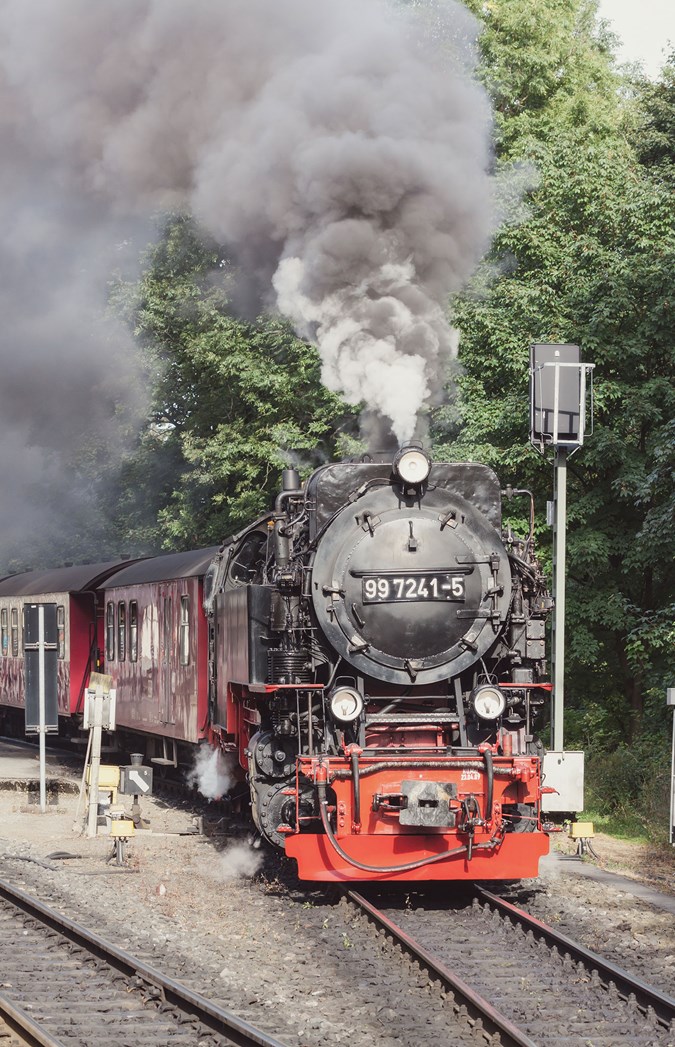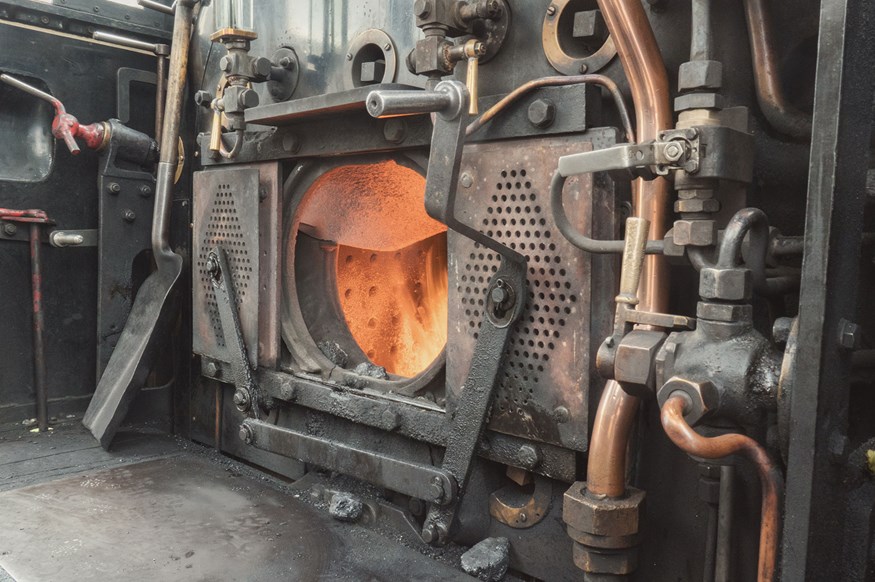The first successful “modern” locomotive was the Rocket, designed by two British engineers, the father-and-son team George and Robert Stephenson. It was used to link Liverpool and Manchester in 1829. Swiss Federal Railways’ most powerful steam locomotive, nicknamed “Elefant,” was built from 1913 onwards for the St Gotthard stretch.
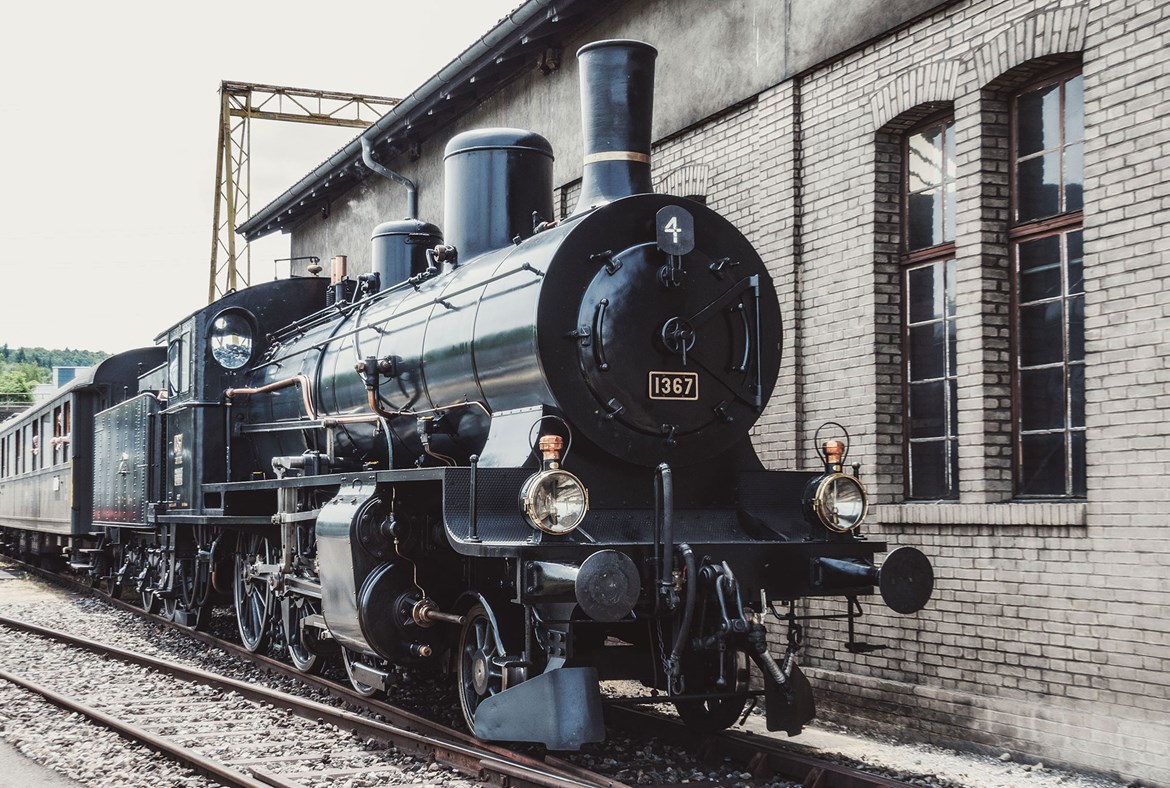
The great advantage of being in a rut is that when one is in a rut, one knows exactly where one is
Arnold Bennett
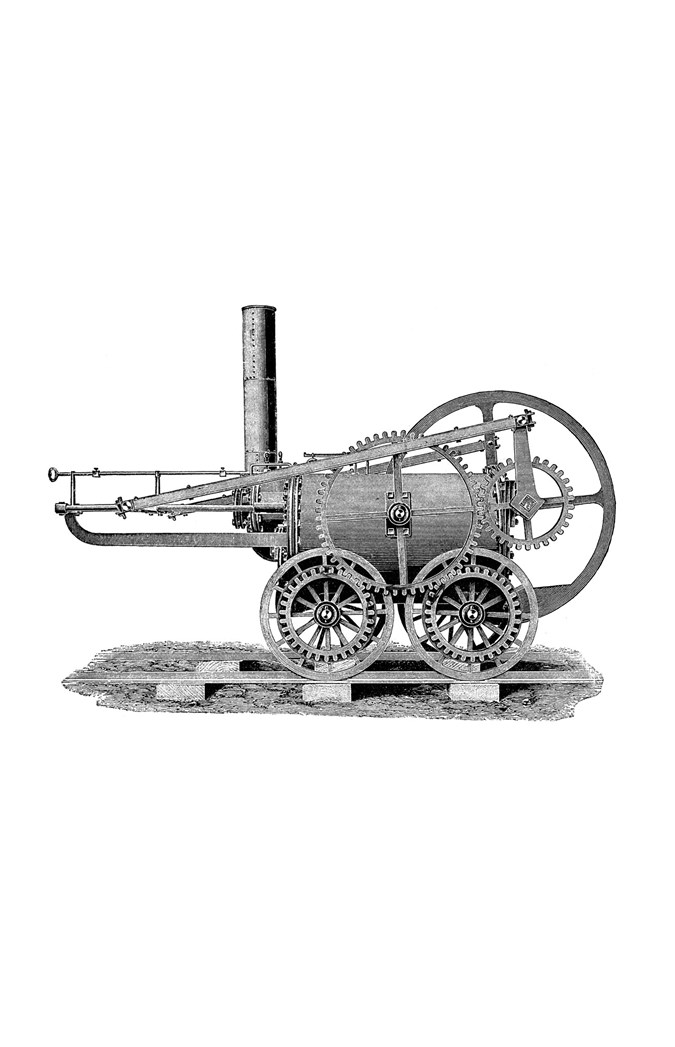
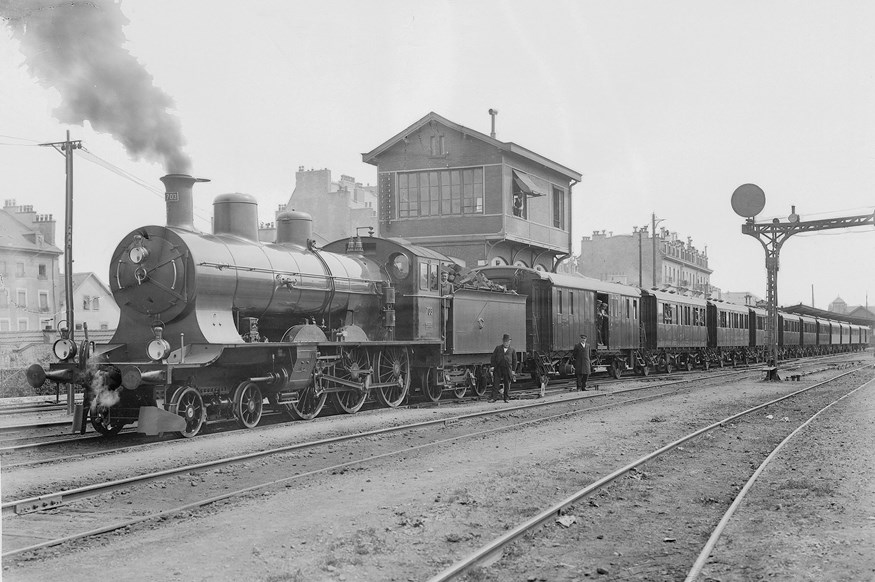
A steam engine requires various people to operate it, both when stationary and during the journey. When the fire is out, it needs a firelighter who, after having checked for the presence of water in the boiler, uses wood and tinder to light the fire. Then there are the crew members who add the coal, while the fireman increases the pressure further. Lastly, the driver climbs aboard to regulate the flow of steam to the engine and start up the locomotive.
